The cervical spine is located along your neck area and comprises seven vertebrae. It allows you to bend, twist, and move your neck while protecting your spinal cord and related nerves. The seven bony vertebrae are connected by cartilage discs and ligaments that help to preserve the bone and spinal joints by maintaining alignment and absorbing shocks. Overuse, traumatic injury, or disease can cause the bones or discs within the cervical spine to become damaged, misaligned, or weakened. These cervical deteriorations, including a herniated disc, can cause multiple symptoms that disrupt your life, including neck pain, numbness, tingling, weakness, and more. When other noninvasive interventions are ineffective or not an option, Dr. Morrison may recommend Anterior Cervical Decompression and Fusion (ACDF) procedure.
Often referred to as an ACDF procedure, Anterior Cervical Decompression and Fusion (ACDF) surgery is a standard spinal procedure used to treat and correct spinal issues and related symptoms. It involves removing damaged tissues and stabilizing surrounding tissue to reduce nerve pinching, restore spinal alignment and positions, and ultimately lead to relief of instability and other symptoms.
When considering cervical spinal or neck surgery, you want ample information to guide your decisions and planning. Here, we share a high-level view of what you can anticipate for the procedure and recovery experience.
What to Expect the Day of Your Neck Surgery
During this surgical intervention, Dr. Morrison will create incisions at the front (anterior) of the neck (cervical) to access the surgical site. The surrounding tissue (e.g., blood vessels, muscle tissue, etc.) is carefully pushed aside, and the damaged bone vertebra is removed (decompression). Then, an implant is placed to fill and maintain that remaining vertebral space. Before closing the surgical site, hardware is attached to fixate and reinforce the adjacent vertebrae (fusion). The adjacent bones will ultimately grow together for a permanent fusion.
This intervention is performed in a hospital operating room using general anesthesia, meaning patients are fully sedated during the procedure. It can occur as an outpatient procedure, with patients returning home the same day after the effects of anesthesia have subsided, vitals are deemed stable, and they can walk and function safely at home. However, Dr. Morrison may also recommend you spend a night in the hospital for observation or additional time to recover from surgery if needed immediately.
Once you and your medical team feel you are prepared to return home, they will review your discharge instructions, including pain management plans, activity restrictions, and follow-up care. Most patients experience significant pain relief immediately after surgery that can be managed by pain medications. Dr. Morrison will review your specific medication prescriptions before you return home.
Typically, you can expect to return to Dr. Morrison’s office for a 2-week follow-up visit, where he will evaluate your progress and discuss the next steps for your care plan. At this visit, he may decrease or discontinue some activity precautions, medications, or other post-surgical treatments. This is an excellent opportunity to ask Dr. Morrison additional questions about your specific recovery experience and anticipated outcomes.
Rehabilitative Therapy and Your Cervical Neck Surgery Recovery
Dr. Morrison will likely provide activity precautions to protect your spine as it heals after surgery. Patients are typically asked to follow these precautions for 4-6 weeks. To ensure you fully understand these recommendations, Dr. Morrison may collaborate with physical and occupational therapists (PTs and OTs) who can review and practice these precautions with you. PT and OT sessions may occur before surgery as part of a pre-rehabilitation program or post-operatively in the hospital.
The purpose of introducing rehabilitative therapy early is to ensure that you understand and can safely apply your ACDF precautions during that early healing period. For example, you may be asked to wear a brace or cervical collar at all times to support and protect your neck during recovery. Other common activity precaution recommendations include:
- Avoid lifting > 10 pounds.
- Avoid bending or twisting your neck.
- Only drive once medically cleared by Dr. Morrison.
- Arrange for assistance with more demanding household activities (e.g., cleaning, cooking, etc.).
- Continue light daily activities and exercise to support your recovery.
While these are general activity guidelines, additional recommendations may be provided to suit your specific situation. It is important to follow all activity recommendations until Dr. Morrison clears you to prevent complications and enhance your post-surgical results.
Later in your recovery, Dr. Morrison may prescribe outpatient physical or occupational therapy. Outpatient rehabilitative therapy will address your pain reduction, mobility, and strengthening needs to maximize your post-surgical outcomes. This includes guiding you through safe exercises, range of motion or stretching activities, pain management strategies, ergonomic and joint protection strategies, and other skilled treatments. Working with qualified rehabilitative therapists helps you to realize and maintain the short-term and long-term benefits of an ACDF surgery.
Consider ACDF Neck Surgery with Morrison Clinic
When dealing with the pain, discomfort, and other symptoms associated with cervical spine dysfunction, you want to select an intervention that is safe and effective for you. For many, ACDF procedure provides meaningful symptom relief and helps patients to regain their quality of life. You want a medical team and surgeon you can trust to provide you with the safest and most effective treatment options, especially when considering any spinal surgery.
As your expert South Florida neurosurgeon, Dr. Morrison is proud to offer excellence in cervical neck surgery and ACDF procedures. Patients and colleagues widely trust him due to his deep knowledge base and extensive neurosurgical experience. Dr. Morrison is passionate about improving the quality of life for his patients and the valuable role ACDF can play.
If you are experiencing symptoms of stenosis or cervical spine dysfunction or want to know if ACDF surgery is an option for you, contact Morrison Clinic today for a free e-consultation.

